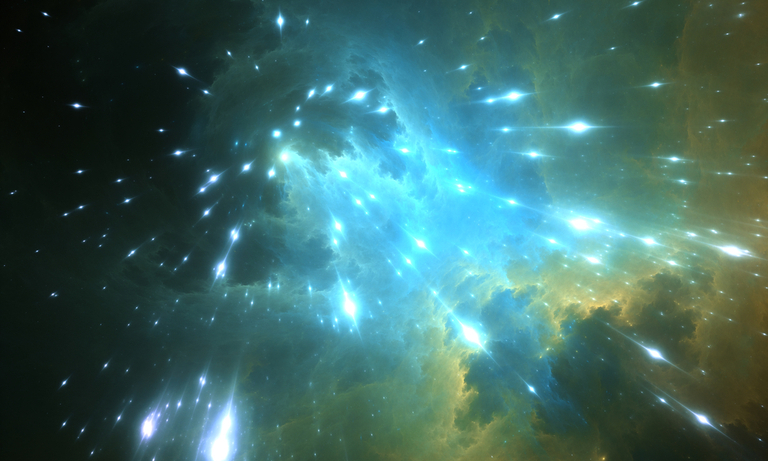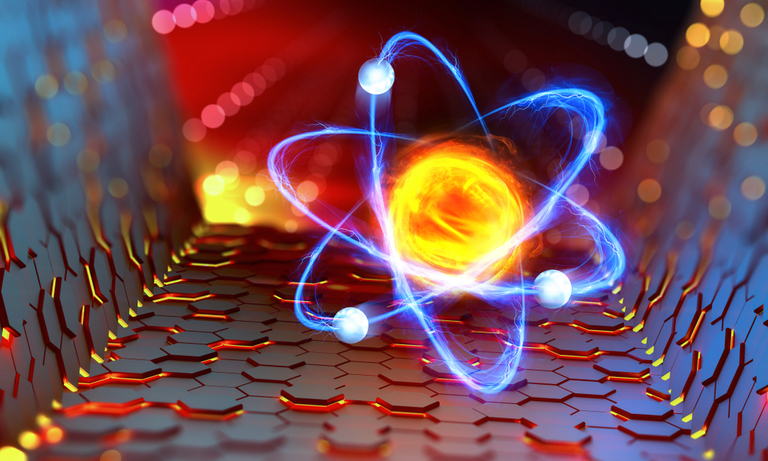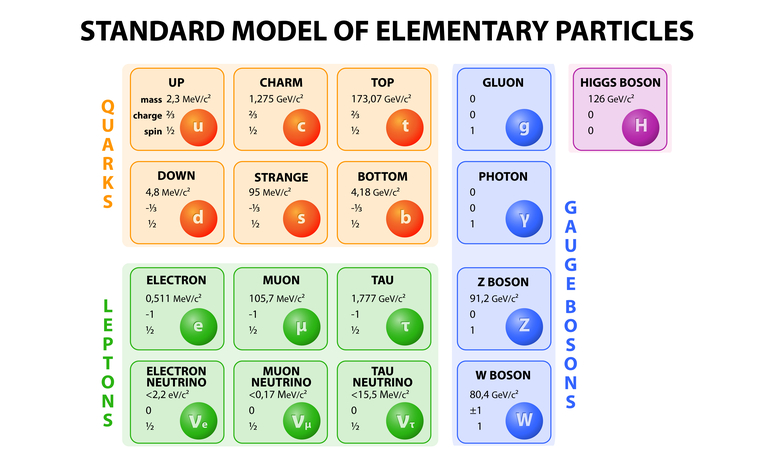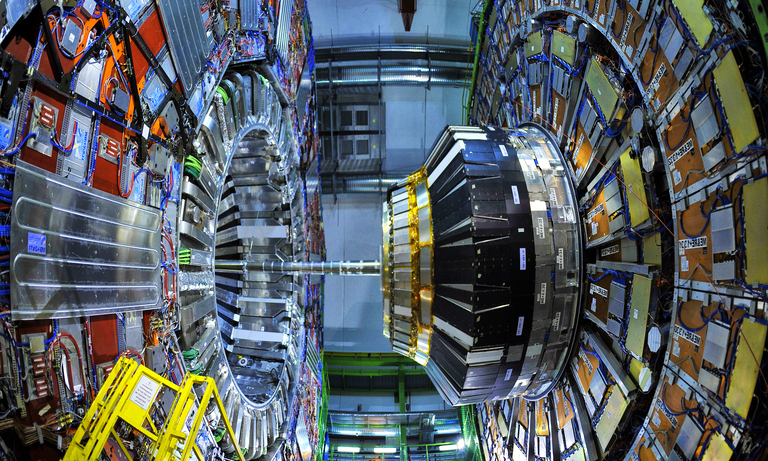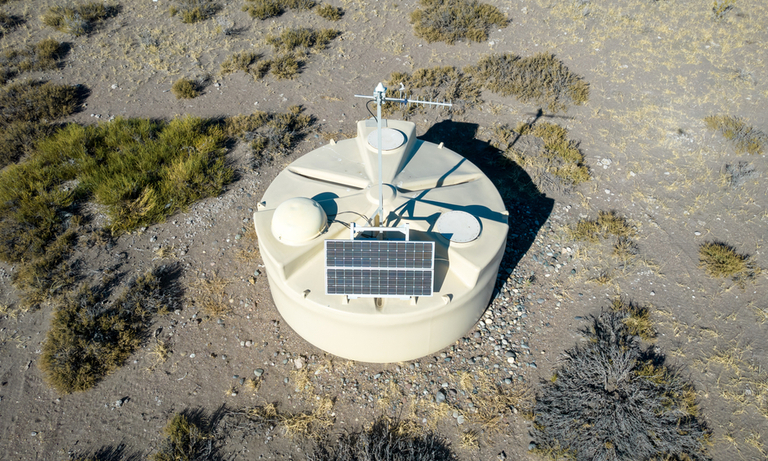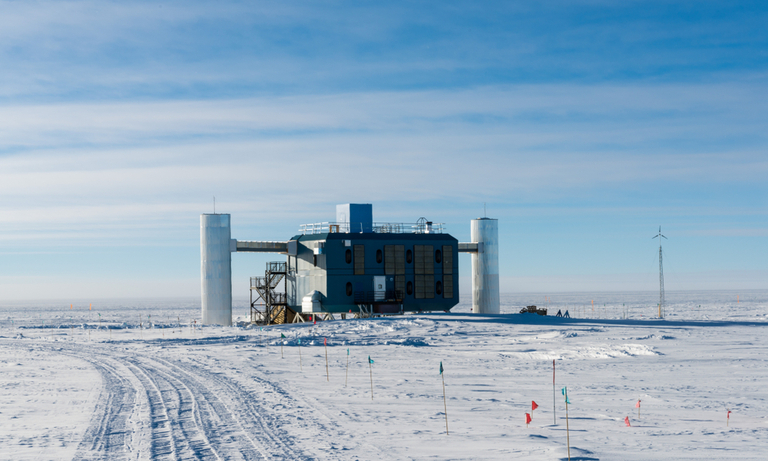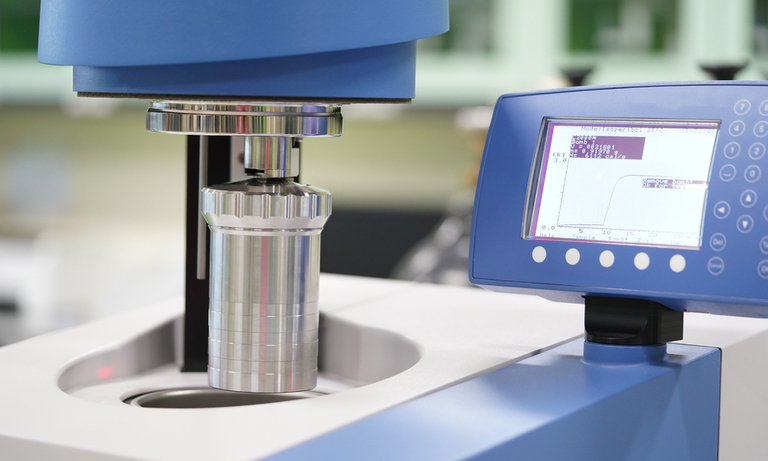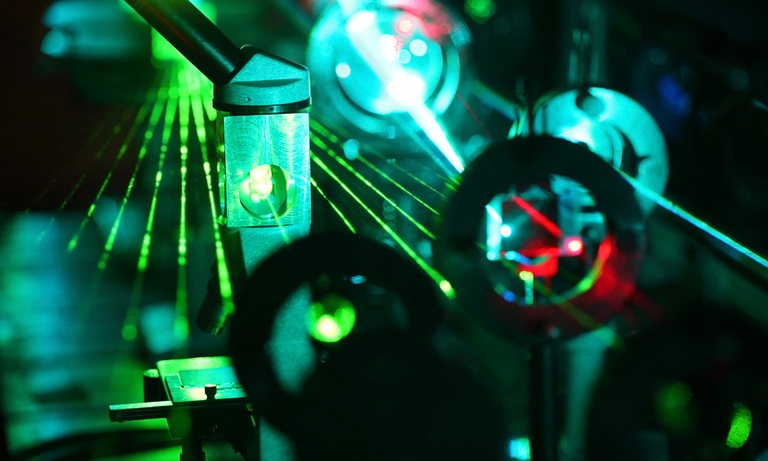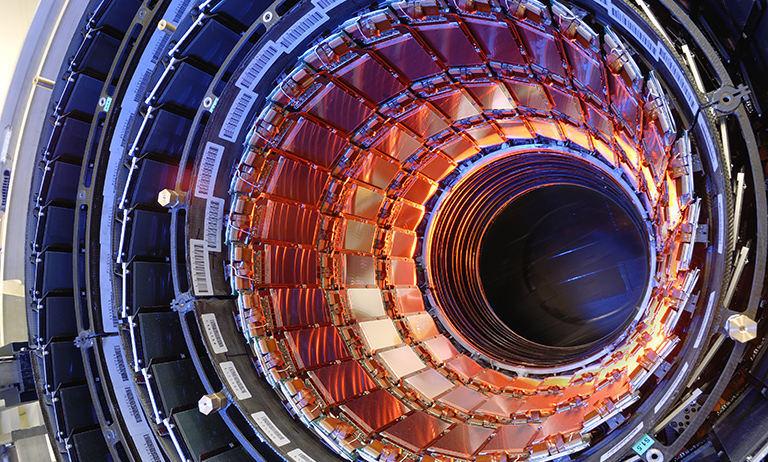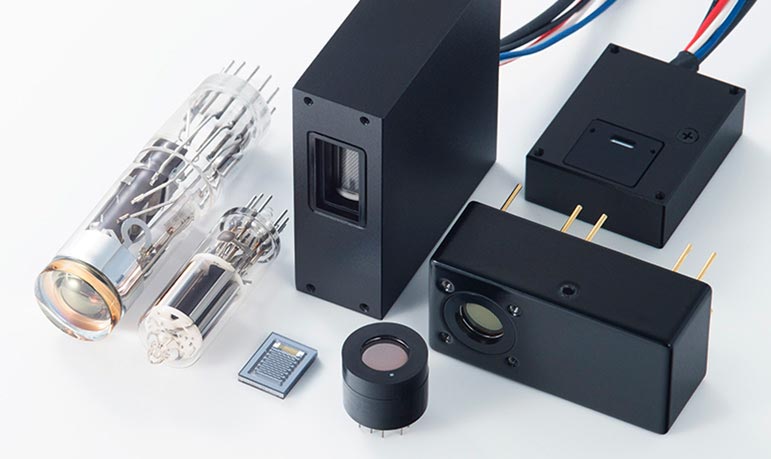Home
Products
Physics Research Field
Type of Experiment
Detector Type
Behind the Science
Tech in a Nutshell
United Kingdom (EN)
Select your region or country.


Particle Accelerator
A particle accelerator is a machine that accelerates elementary particles, such as electrons or protons, to very high energies. Electrons and protons were respectively discovered by Thomson and Rutherford in 1897 and in 1919.
In 1932, positrons were discovered studying cosmic rays, followed by muons and pions and more other elementary particles. In this way, particle physics or high-energy physics was born. From the mid-1950s, large accelerators were built and began to produce the “new” heaviest particles. Thanks to particle accelerators, a deep understanding of the fundamental particles and physical laws that govern matter, energy, space and time has been possible. Moreover, nuclear physicists and cosmologists may use beams of bare atomic nuclei, stripped of electrons, to investigate the structure, interactions and properties of the nuclei themselves. In addition, condensed matter at extremely high temperatures and densities, such as might have occurred in the first moments of the Big Bang.
According to Stephen Hawking, we could define particle accelerators as the closest things we have to time machines. Today, accelerators are widespread and performing a variety of tasks. For example, they are used for medical diagnoses; for creating tumor-destroying beams of particles; for killing bacteria to prevent food-borne illnesses; to develop better materials for the manufacturing of computer chips. Finally, particle accelerators play an important role in national security, including cargo inspection, stockpile stewardship and materials characterization.
Why are particle accelerators so important in nuclear and particle physics?
To examine matter at the scale of an atom, ~10-10 m, the energies required are in the range of a thousand electron volts. An electron volt is the energy that a particle acquires when it is accelerated across a potential difference of one volt. At the scale of the nucleus, energies in the MeV (106 eV) range are needed. To examine the fine structure of the basic constituents of matter requires energies generally exceeding 1 GeV (109 eV).
Moreover, most of the objects of interest to elementary particle physics do not exist as free particles in nature; they have to be created artificially in the laboratory. The famous E=mc2 relationship governs the collisions in particle accelerators: an energy E is required to produce a particle of mass m.
Many of the most interesting particles are so heavy that collision energies of many GeV are needed to create them. It has been necessary to reach the tens of TeV (1012 eV) to validate the Standard Model discovering the Higgs boson and to explore new theories beyond the Standard Model.
Facilities and Experiments
Particle accelerators use electric fields to speed up and increase the energy of a beam of particles, which are steered and focused by magnetic fields.
The beam of particles travels inside a vacuum in a metal beam pipe. The vacuum is crucial to maintain an air and dust free environment and allow to the beam to travel undisturbed.
There are two basic classes of accelerators: electrostatic and electrodynamic accelerators. Electrostatic accelerators use static electric fields to accelerate particles. Two examples of these instruments are the Cockcroft–Walton generator and the Van de Graaff generator. The cathode ray tube in an old television set is another example coming from everyday life that can help us to understand how electrostatic accelerators work. The achievable kinetic energy for particles is determined by the accelerating voltage and it is limited by electrical breakdown.
In electrodynamic accelerators, electromagnetic fields are used instead to accelerate particles. Both circular and linear accelerators are part of this category. In circular accelerators, a radio frequency field is usually used. It is located in an area of the machine at which particles cross several times and each time they are accelerated. The particles are immersed in a magnetic field that curves their trajectories, allowing to exploit a single structure of acceleration for an unspecified number of times, thus obtaining very high energies.
The LINear ACcelerators or LINAC are so called because they accelerates particles along a linear trajectory. They are generally consisting of a set of resonant cells in which there is a variable electric field. The longitudinal dimension of the cells must be adapted to the increasing speed of the particles to preserve their synchronism with the field, a fundamental condition for acceleration. The main advantage of a LINAC is its ability to produce beams of charged particles at high energies and intensity, with low dispersion in energy and small diameter, therefore resulting in high quality beams. In addition, for these accelerators, the injection and extraction of the beams are simple.
All types of accelerators can reach different energies and are used for different purposes. The accelerators can also be used in a cascade system.
It is a two-dimensional graph in which one axis represents the number of neutrons (N) and the other represents the number of protons (Z). The stable nuclides occupy a region of the Segré chart called the valley of stability. There are no stable nuclides having an equal number of protons and neutrons in their nuclei with an atomic number greater than 20. Nuclei of a greater atomic number require an excess of neutrons for stability.
The stability of nuclides is based on their binding energy. Binding energy is the energy which holds a nucleus together. Nuclei with very low or very high mass numbers (A = number of nucleons) have lesser binding energy per nucleon and are less stable because the lesser the binding energy per nucleon, the easier it is to separate the nucleus into its constituent nucleons.
Magic numbers are well established for nuclei along the stability line and for most of the known unstable nuclei.
The most critical ingredients in determining the properties of a nucleus are the number of nucleons and the ratio N/Z of neutrons to protons. The extremes in these quantities define the limits of nuclear existence.
To create new elements we can add neutrons or protons to the existing nuclei. When neutrons are successively added to a nucleus on the stability lines, the binding energy of the last neutron decreases steadily until it vanishes and the nucleus decays by neutron emission. The position in the Segré chart where this happens is called the neutron drip line, which is farther from the valley of stability than the proton drip line, placed at the opposite side of the stability line.
The location of the neutron drip line is known only for nuclei with mass up to around 30 amu (atomic mass unit which is approximately the mass of one nucleon). Therefore, the study of nuclei with large neutron excess (neutron-rich nuclei) is focused to find the position of the neutron drip line, but most of all on the investigation of how interactions between the nucleons, the nuclear density and the size in nuclei vary for exotic N/Z ratios.
These changes are expected to lead to different nuclear symmetries, magic numbers and new excitation modes.
SPES is an INFN project to develop a second-generation Radioactive Ion Beam facility. This facility is presently in the construction phase at the Italian National Laboratories in Legnaro (LNL). SPES is the acronym for “Selective Production of Exotic Species”. The aim of the SPES project is to provide high intensity and high-quality beams of neutron-rich nuclei to perform forefront research in nuclear structures, reaction dynamics and interdisciplinary fields such as medical, biological and material sciences.
It is based on the ISOL (Isotope Separation On-Line) method: a target, the ion source and an electromagnetic mass analyzer to separate different nuclides are coupled in a series. This apparatus is said to be on-line when reaction products of interest are slowed down and stopped in the system.
We start from a proton beam, which is delivered by a Cyclotron accelerator with an energy of more then 40 MeV and a beam current of 200 A. Neutron-rich radioactive ions will be produced by Uranium fission at an expected fission rate in the target of the order of 1013 fissions per second. The exotic nuclides will be re-accelerated by the ALPI superconducting LINAC at energies of 10 MeV per nucleon and higher, for masses in the region of A=130 amu, with an expected rate on the secondary target of 108 pps (particle per second). NEDA (NEutron Detector Array) is a new generation array of neutron scintillator detectors that will be used in experiments with stable and radioactive beams at European accelerator facilities such as SPES. The goal of the experiments for which NEDA was designed are measurements of level densities and fission dynamics of neutron-rich nuclei.
The most important characteristics of NEDA are: a good efficiency of neutron detection at energies between 1 to 20 MeV; a very good neutron-gamma discrimination which allows to perform experiments in a high gamma-ray background environment and at a high count rate; a resolution which allows the detection of events with neutron multiplicity larger than one (emission of a single neutron); a modular design to arrange the detectors around the target and couple them with other devices maximizing the geometrical detection efficiency and energy resolution. A regular hexagon was chosen as the starting point for the design of the NEDA geometry since it is the most suitable polygon for both clustering detectors and coupling to a circularly shaped photomultiplier tube (PMT), minimizing the uncovered area by the PMT. NEDA detectors will have the shape of a uniform hexagonal prism, with a depth of 20 cm and the length sufficient for the detection of neutrons with energies up to 10 MeV and a side of 8.1 cm, to make it suitable for a 5” diameter PMT; the largest commercially available PMT with flat window. The volume of the unit is about 3 liters and will be filled with EJ301 liquid scintillator. The thickness of the walls of the chamber is 3 mm, large enough to provide mechanical stability to the detector. The PMT used for NEDA is the Hamamatsu R11833-100-03.
To choose the design of the NEDA array it is important to take into account the geometrical efficiency, the target-to-detector distance for the best possible TOF discrimination of events and the granularity.
NW is one of the first ancillary array of neutron detectors. The first NEDA detector units, available before completing the construction, have been used in combination with the old detectors.
The two array configurations were proposed for the AGATA campaign at GANIL in France. AGATA (Advanced Gamma Tracking Array) is a new generation 4π spectrometer built from Germanium detectors. Configuration (a) allows to cover a larger solid angle with a smaller number of NEDA detectors, while (b) has a slightly larger granularity in the forward angles. The detector composed by AGATA (@ 145 mm from the target), NEDA (54 cells @ 510 mm) and NW (42 cells @ 650 mm) has been used for the identification of rare neutron-deficient evaporation residues produced by fusion-evaporation reactions.
- Confirmation
-
It looks like you're in the . If this is not your location, please select the correct region or country below.
You're headed to Hamamatsu Photonics website for GB (English). If you want to view an other country's site, the optimized information will be provided by selecting options below.
In order to use this website comfortably, we use cookies. For cookie details please see our cookie policy.
- Cookie Policy
-
This website or its third-party tools use cookies, which are necessary to its functioning and required to achieve the purposes illustrated in this cookie policy. By closing the cookie warning banner, scrolling the page, clicking a link or continuing to browse otherwise, you agree to the use of cookies.
Hamamatsu uses cookies in order to enhance your experience on our website and ensure that our website functions.
You can visit this page at any time to learn more about cookies, get the most up to date information on how we use cookies and manage your cookie settings. We will not use cookies for any purpose other than the ones stated, but please note that we reserve the right to update our cookies.
1. What are cookies?
For modern websites to work according to visitor’s expectations, they need to collect certain basic information about visitors. To do this, a site will create small text files which are placed on visitor’s devices (computer or mobile) - these files are known as cookies when you access a website. Cookies are used in order to make websites function and work efficiently. Cookies are uniquely assigned to each visitor and can only be read by a web server in the domain that issued the cookie to the visitor. Cookies cannot be used to run programs or deliver viruses to a visitor’s device.
Cookies do various jobs which make the visitor’s experience of the internet much smoother and more interactive. For instance, cookies are used to remember the visitor’s preferences on sites they visit often, to remember language preference and to help navigate between pages more efficiently. Much, though not all, of the data collected is anonymous, though some of it is designed to detect browsing patterns and approximate geographical location to improve the visitor experience.
Certain type of cookies may require the data subject’s consent before storing them on the computer.
2. What are the different types of cookies?
This website uses two types of cookies:
- First party cookies. For our website, the first party cookies are controlled and maintained by Hamamatsu. No other parties have access to these cookies.
- Third party cookies. These cookies are implemented by organizations outside Hamamatsu. We do not have access to the data in these cookies, but we use these cookies to improve the overall website experience.
3. How do we use cookies?
This website uses cookies for following purposes:
- Certain cookies are necessary for our website to function. These are strictly necessary cookies and are required to enable website access, support navigation or provide relevant content. These cookies direct you to the correct region or country, and support security and ecommerce. Strictly necessary cookies also enforce your privacy preferences. Without these strictly necessary cookies, much of our website will not function.
- Analytics cookies are used to track website usage. This data enables us to improve our website usability, performance and website administration. In our analytics cookies, we do not store any personal identifying information.
- Functionality cookies. These are used to recognize you when you return to our website. This enables us to personalize our content for you, greet you by name and remember your preferences (for example, your choice of language or region).
- These cookies record your visit to our website, the pages you have visited and the links you have followed. We will use this information to make our website and the advertising displayed on it more relevant to your interests. We may also share this information with third parties for this purpose.
Cookies help us help you. Through the use of cookies, we learn what is important to our visitors and we develop and enhance website content and functionality to support your experience. Much of our website can be accessed if cookies are disabled, however certain website functions may not work. And, we believe your current and future visits will be enhanced if cookies are enabled.
4. Which cookies do we use?
There are two ways to manage cookie preferences.
- You can set your cookie preferences on your device or in your browser.
- You can set your cookie preferences at the website level.
If you don’t want to receive cookies, you can modify your browser so that it notifies you when cookies are sent to it or you can refuse cookies altogether. You can also delete cookies that have already been set.
If you wish to restrict or block web browser cookies which are set on your device then you can do this through your browser settings; the Help function within your browser should tell you how. Alternatively, you may wish to visit www.aboutcookies.org, which contains comprehensive information on how to do this on a wide variety of desktop browsers.
5. What are Internet tags and how do we use them with cookies?
Occasionally, we may use internet tags (also known as action tags, single-pixel GIFs, clear GIFs, invisible GIFs and 1-by-1 GIFs) at this site and may deploy these tags/cookies through a third-party advertising partner or a web analytical service partner which may be located and store the respective information (including your IP-address) in a foreign country. These tags/cookies are placed on both online advertisements that bring users to this site and on different pages of this site. We use this technology to measure the visitors' responses to our sites and the effectiveness of our advertising campaigns (including how many times a page is opened and which information is consulted) as well as to evaluate your use of this website. The third-party partner or the web analytical service partner may be able to collect data about visitors to our and other sites because of these internet tags/cookies, may compose reports regarding the website’s activity for us and may provide further services which are related to the use of the website and the internet. They may provide such information to other parties if there is a legal requirement that they do so, or if they hire the other parties to process information on their behalf.
If you would like more information about web tags and cookies associated with on-line advertising or to opt-out of third-party collection of this information, please visit the Network Advertising Initiative website http://www.networkadvertising.org.
6. Analytics and Advertisement Cookies
We use third-party cookies (such as Google Analytics) to track visitors on our website, to get reports about how visitors use the website and to inform, optimize and serve ads based on someone's past visits to our website.
You may opt-out of Google Analytics cookies by the websites provided by Google:
https://tools.google.com/dlpage/gaoptout?hl=en
As provided in this Privacy Policy (Article 5), you can learn more about opt-out cookies by the website provided by Network Advertising Initiative:
http://www.networkadvertising.org
We inform you that in such case you will not be able to wholly use all functions of our website.
Close


